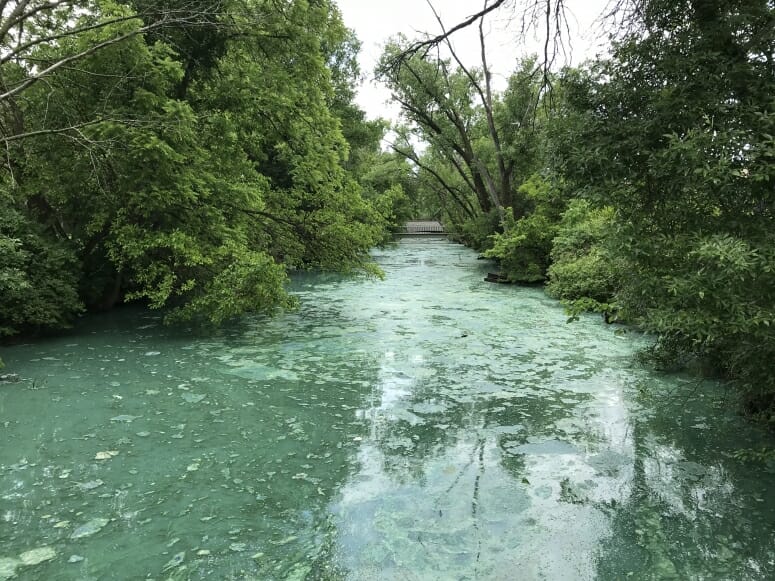Duluth News Tribune:
“It passed the U.S. Senate in the last minutes of the last day of a Congressional session that may have been its last chance to pass.Democrats were in power in Minnesota and in Washington, and several Minnesotans were in President Jimmy Carter’s administration when the Boundary Waters Canoe Area Wilderness Act passed Congress on Oct. 15, 1978. That included Vice President Walter Mondale and Secretary of Agriculture Bob Bergland, whose department oversaw the U.S. Forest Service that managed what was then the BWCA.
The issue of wilderness, the definition of what wilderness should be in Minnesota’s Boundary Waters, was dividing the party at home, and DFLers were anxious to put the issue behind them.
After years of rancorous debate, the Senate quietly passed a version of the bill late at night on Oct. 4, 1978, by a voice vote, with no record of who voted yes or no. Eleven days later, after an all-night session, the House passed the bill 248-111 early on a Sunday morning... The Senate concurred at 12:30 p.m. that Sunday afternoon. By 3 p.m. everyone had adjourned to go home. Carter quietly signed the BWCAW bill into law Oct. 21.”
The article is a reminder of the struggles it took to designate this wonderful place for enjoyment of wildness. The struggle continues.





















